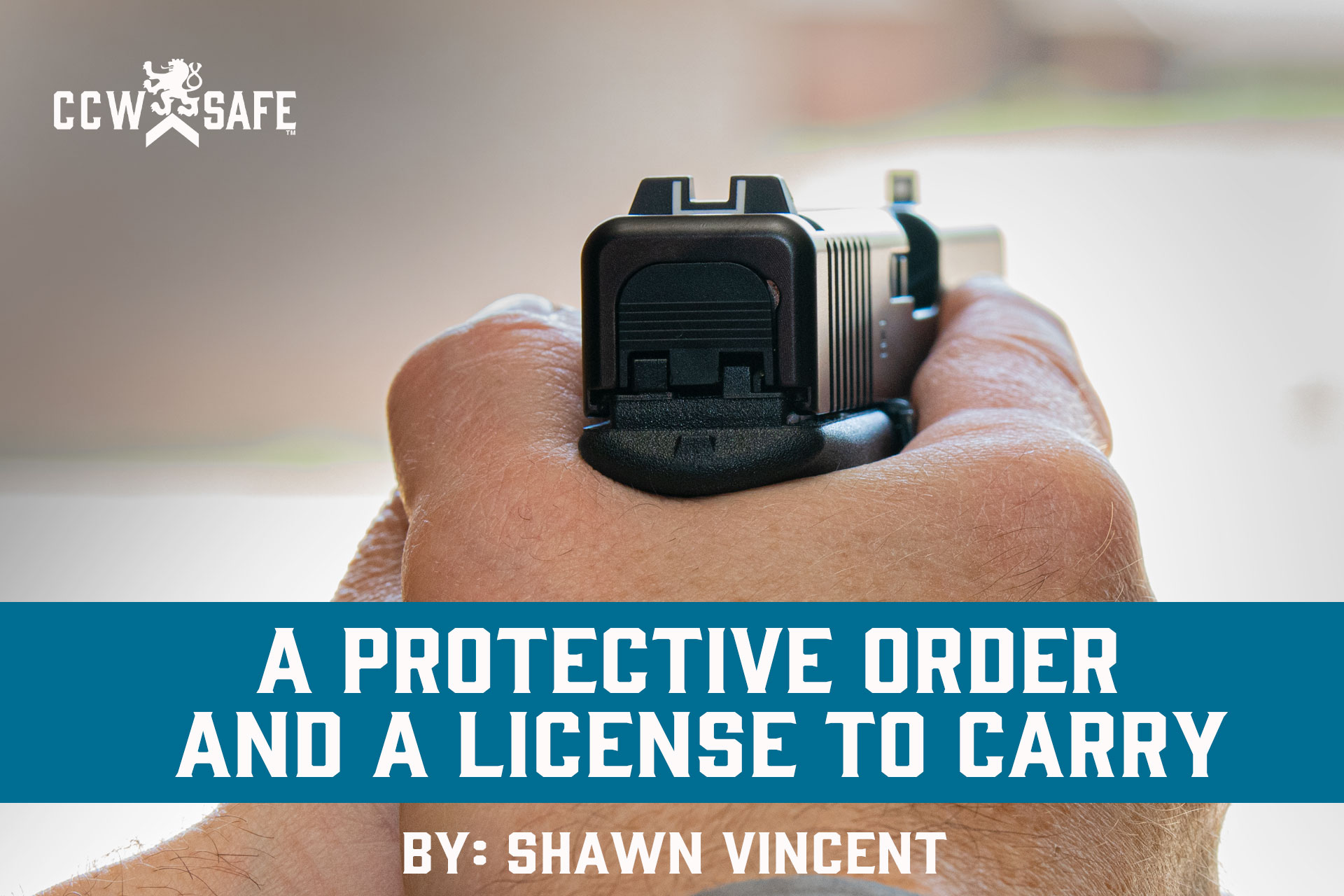
Posted on July 26, 2019
A Protective Order and a License to Carry
A Protective Order and a License to Carry
A Cincinnati mother was at home when her estranged ex-boyfriend tried to force his way inside. She had five children upstairs. She had a legal protective order against him. She had a gun and a license to carry it.
According to reports from Action News 4, the ex-boyfriend kicked out the window air conditioning unit and tried to gain access through the open window. That’s when she shot him. Multiple times.
An ambulance rushed the ex-boyfriend to the hospital, and after a successful surgery, he’ll survive to face serious criminal charges. The mother, said a spokesperson for the prosecutor’s office, would not face charges. In a press release, Cincinatti’s prosecutor, Joe Deters, issued this statement: “Thank goodness she had a Concealed Carry Permit and was able to defend herself and her five children. It’s hard to imagine what might have happened to her children if she had not been able to protect herself and her family.”
Don West, criminal defense attorney and National Trial Counsel for CCW Safe says “That’s the prosecutor, not endorsing what happened, because a life was nearly lost, but at the same time, acknowledging that she acted lawfully and that as a result, she would not be prosecuted.”
In this case, Don West notes, the shooter had several factors in her favor. She had worked within the judicial system to get legal protection, the protective order, against her ex — with whom, according to police, she had a long, violent history. Because she was a licensed concealed carrier, we know she didn’t have a significant criminal record. She lawfully possessed the weapon, and she took the steps to lawfully carry it outside the home. “This is a responsible person who is trying to follow the law, dealing with someone who obviously isn’t,” West says.
The mother in this case showed extraordinary restraint. Although the news report doesn’t specify, it’s safe to assume that the ex-boyfriend had banged on the door and tried other ways to enter the house before taking the extraordinary measure of removing the window air conditioner. The shooter never fired through the front door; she didn’t shoot through the window; instead, she waited until he had successfully created a way to gain entry. She only fired when the threat became imminent.
As further testament to this woman’s restraint, once she started shooting, she fired only until she had eliminated the threat. Considering the shooter’s history with her ex-boyfriend, Don West remarks, “Can you imagine how much emotional control she must have had to actually stop shooting and say to herself, ‘you will never do this to me again’ and fire that last fatal round? That’s when self-defense becomes murder.”
We’ve written before about the window of justification in self-defense cases. It’s the idea that, within the dynamic spectrum of a potentially life-threatening confrontation, there’s a moment where deadly force becomes justified, and a moment where it becomes, once again, unjustified. Shooting too soon or too early can turn an otherwise justifiable use of force into murder.
We explored Ted Wafer case where a startled homeowner opened the door to an apparent intruder and shot an unarmed young-woman who was injured and likely looking for help. Ted Wafer shot too soon. We dissected the case of Gerome Ersland, a pharmacist who thwarted an armed robbery, but made the critical mistake of shooting one of the assailants who was already incapacitated on the ground. Ersland shot too late. Both men were convicted of murder.
The Cincinnati mother of five found herself in a dynamic and terrifying confrontation with her abusive ex-boyfriend. It would have been understandable if she had panicked and fired through a window or through her front door — but if it wasn’t clear that he was trying to break in, those shots would have been fired too soon, and she could have faced charges. Had she succumbed to anger and killed him after she had incapacitated him, she would have fired too late, and we could be looking at a tragic case of a domestic violence survivor facing murder charges for protecting herself against her abuser.
The lesson for concealed carriers is that self-defense situations are dynamic and change quickly. Deadly force is only justified where there is a reasonable fear of an imminent threat of death or great bodily harm. Split-second changes in circumstances can affect whether a threat is truly imminent, and it requires judgment and restraint to adapt to a shifting threat and prevail, not just alive, but justified.
 |
SHAWN VINCENT- LITIGATION CONSULTANTShawn Vincent is a litigation consultant who helps select juries in self-defense cases, and he manages public interest of high-profile legal matters. If you have any questions for Shawn, or would like more articles like this, let us know belo |